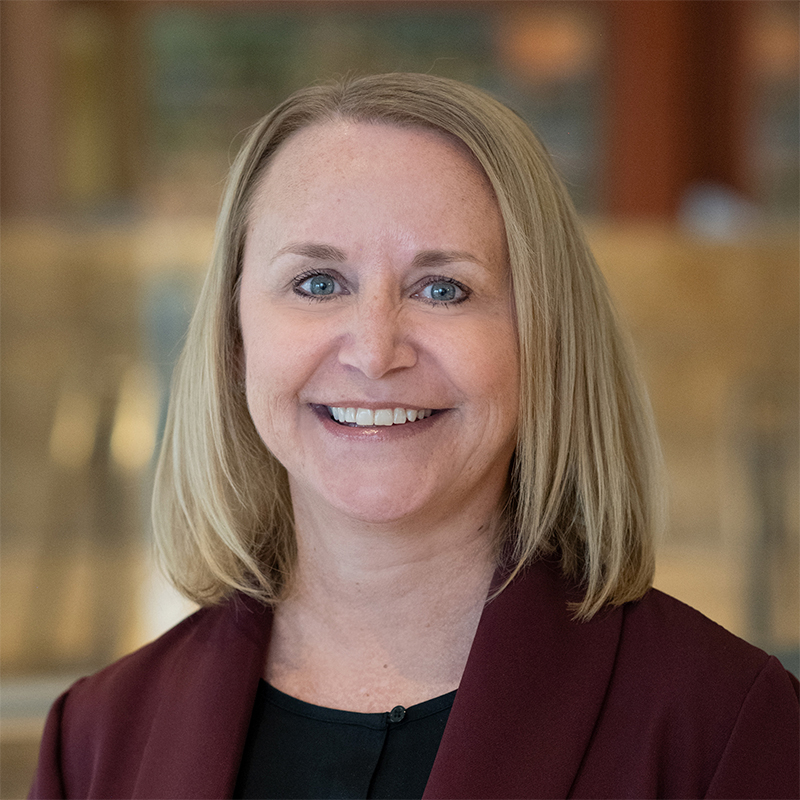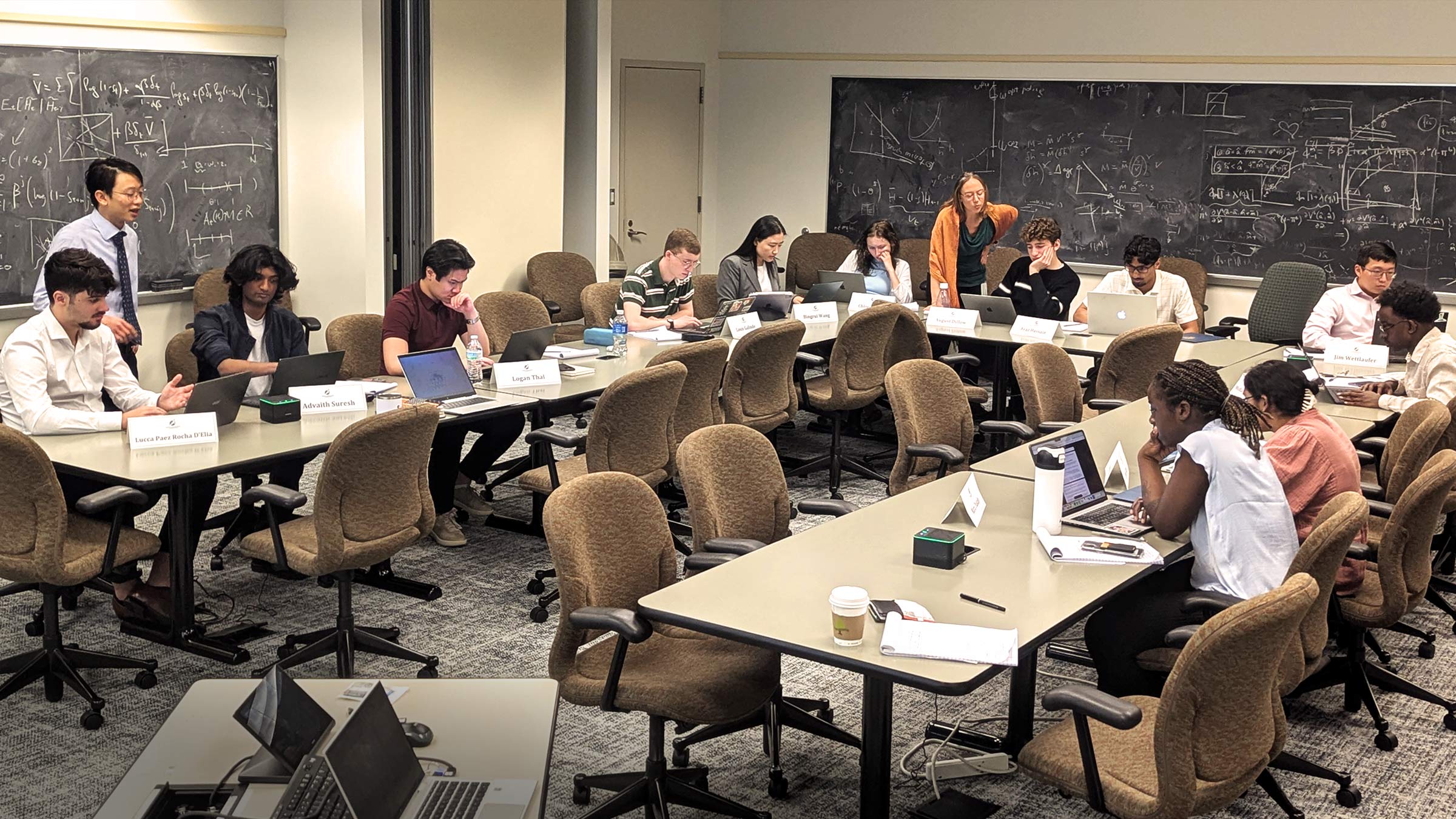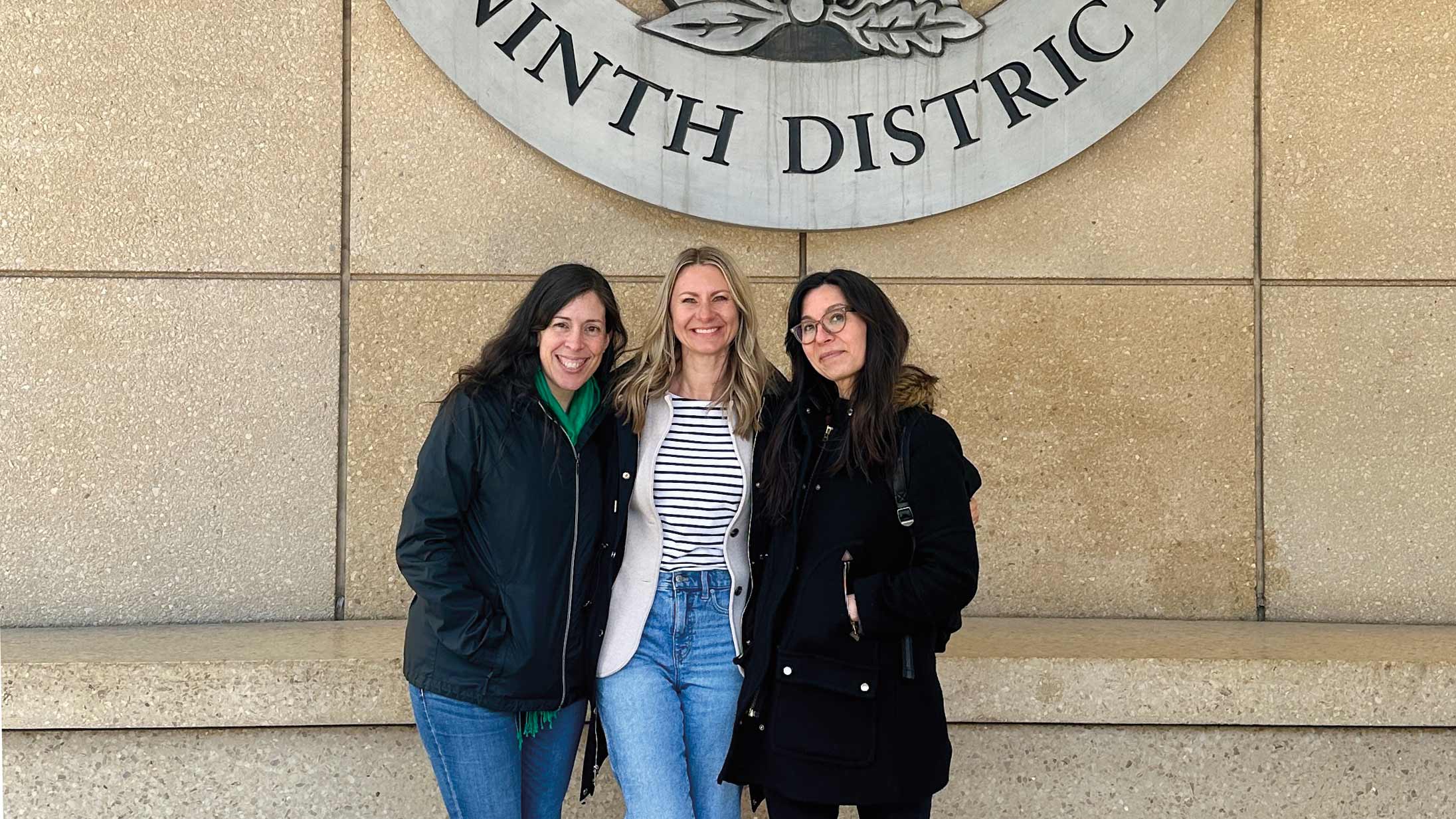
In my younger years, I never understood what my mother meant when she used the phrase “time passes so quickly.” She told me one day I would understand. I was convinced it was a phrase that only old people used. If that is true, I’m now officially old, as I find myself wondering how I have already passed the 100-day mark in my new position! In my inaugural article for this publication, I explained my intent to build upon the good work of my predecessor and listen to key stakeholders—internally and externally—to determine the areas where I can best focus my efforts. In this article, I will reflect on what I have learned in my first 100 days (and beyond). To get back to time passing so quickly, it’s actually more than 150 days for those who are counting. I will group my observations into three broad categories: relationship building, regulatory reform/burden, and Ninth District conditions. I will also provide my views on how the Federal Reserve System will address or support each of these categories.
Relationship building
I have already had the opportunity to meet several regulatory and industry counterparts through various conferences and meetings.
I have also met with a handful of District bankers in similar gatherings. Almost without exception, each person I talked with made a point of stressing the importance of partnering and working together. I am encouraged that everyone has this common view. My takeaway here is easy—we will continue with these partnerships and expand them where possible.
Regulatory reform/burden
The relationship-building piece naturally leads to conversations with stakeholders about regulatory and industry concerns. At a high level, the dominant feedback I am hearing from the financial industry in the Ninth District involves the uncertainty of regulatory reform. Of course, the views on regulatory reform vary greatly, depending on the size of an institution or the complexity of its operating model, but I did hear loud and clear that everyone at all levels agrees that the industry needs regulatory reform. The challenge here is the uncertainty about what will be scaled back and whom it will directly affect.
The complaints about regulatory burden are not new. Since our District consists mainly of community banks, we are well aware of the challenges and costs associated with regulation for these institutions. What we can and will do is continue our partnership to help our institutions understand and comply with any changes that are to come. While many stakeholders point out the uncertainty of regulatory reform, and we can’t control the outcome, I would be remiss if I did not point out the Minneapolis Federal Reserve Bank’s plan for addressing too-big-to-fail financial institutions. One part of this plan allows the government to reform its current supervision and regulation of community banks to be a simpler and less burdensome system while maintaining its ability to identify and address bank risk-taking that threatens solvency.
Ninth District conditions
By and large, the primary concerns I hear about conditions in the District right now are directly related to agricultural lending and, more specifically, what will happen if commodity prices continue to remain low much longer. An interesting aspect that I learned from these discussions is not just concerns with drought conditions and low prices, but concerns with bankers and farmers who have not experienced such adverse conditions because they did not live through the agricultural crisis of the 1980s. I grew up in the Red River Valley, which consists of very rich farmland in eastern North Dakota, so this concern resonated with me. While I was not working in banking or agriculture at that time, I can recall the impact of the crisis on my rural community. I have benefited from the experience of my predecessor and peers through knowledge transfer. The conversations I have had on agricultural conditions lead me to believe the industry needs to have this same type of knowledge transfer. How can we best prepare farmers and agricultural lenders who have never seen these conditions? In short, with information based on past experience from those who have seen these conditions, like many of you.
In closing, a common question I am asked is about banking conditions in general. In an effort to respond to the query, this issue of Banking in the Ninth includes an overview of banking trends. Our intent is to include information on banking trends as a recurring section. I welcome feedback on the types of information you would find useful.





